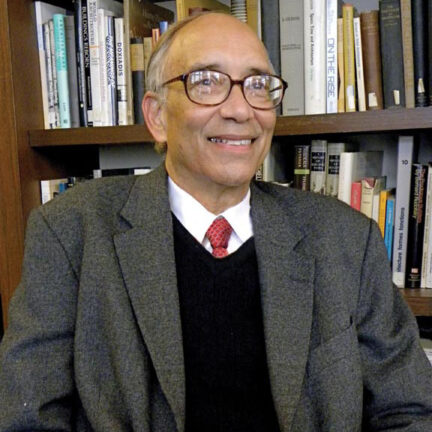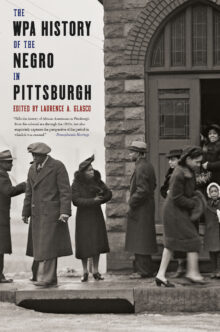
Laurence A. Glasco
Laurence A. Glasco is professor emeritus of history at the University of Pittsburgh. He is the author or coauthor of five books, including August Wilson: Pittsburgh Places in His Life and Plays (with Christopher Rawson).
August Wilson’s American Century
Life as Art
Playwright August Wilson is best known for his American Century Cycle, a sequence of ten plays—including the Pulitzer Prize–winning Fences and The Piano Lesson—that chronicle the lives of Black Americans in each decade of the twentieth century. But behind the celebrated plays stands a complex man shaped by his hometown’s vibrant Black culture. In August Wilson’s American Century: Life as Art, Laurence A. Glasco, one of the foremost historians of Black life in Pittsburgh, draws on Wilson’s early poetry, archival material, and original interviews with family members, neighbors, and friends to show how the city and its residents shaped the playwright and his work. Wilson’s overlapping identities as an outsider, warrior, race man, and poet helped him persevere in the face of setbacks, weave real-life observations with his poetry to craft memorable dialogue and compelling characters, and portray the realities of race in America in ways that have resonated with theatergoers and readers ever since. Glasco uncovers the story of how the people and places of Pittsburgh remained with Wilson after he left his hometown, shining through in a body of work that brought the struggles and triumphs of the Black experience to a wide audience and changed American theater for the better.
The WPA History of the Negro in Pittsburgh
The monumental American Guide Series, published by the Federal Writers’ Project, provided work to thousands of unemployed writers, editors, and researchers in the midst of the Great Depression. Funded by the Works Progress Administration and featuring books on states, cities, rivers, and ethnic groups, it also opened an unprecedented view into the lives of the American people during this time. Untold numbers of projects in progress were lost when the program was abruptly shut down by a hostile Congress in 1939. One of those, “The Negro in Pittsburgh,” lay dormant in the Pennsylvania State Library until it was microfilmed in 1970. The WPA History of the Negro in Pittsburgh marked the first publication of this rich body of information. This unique historical study of the city’s Black population, although never completed, features articles on civil rights, social class, lifestyle, culture, folklore, and institutions from colonial times through the 1930s. Editor Laurence A. Glasco’s introduction and robust bibliography contextualizes the articles and offers a history on the manuscript itself, guiding contemporary readers through this remarkable work.


